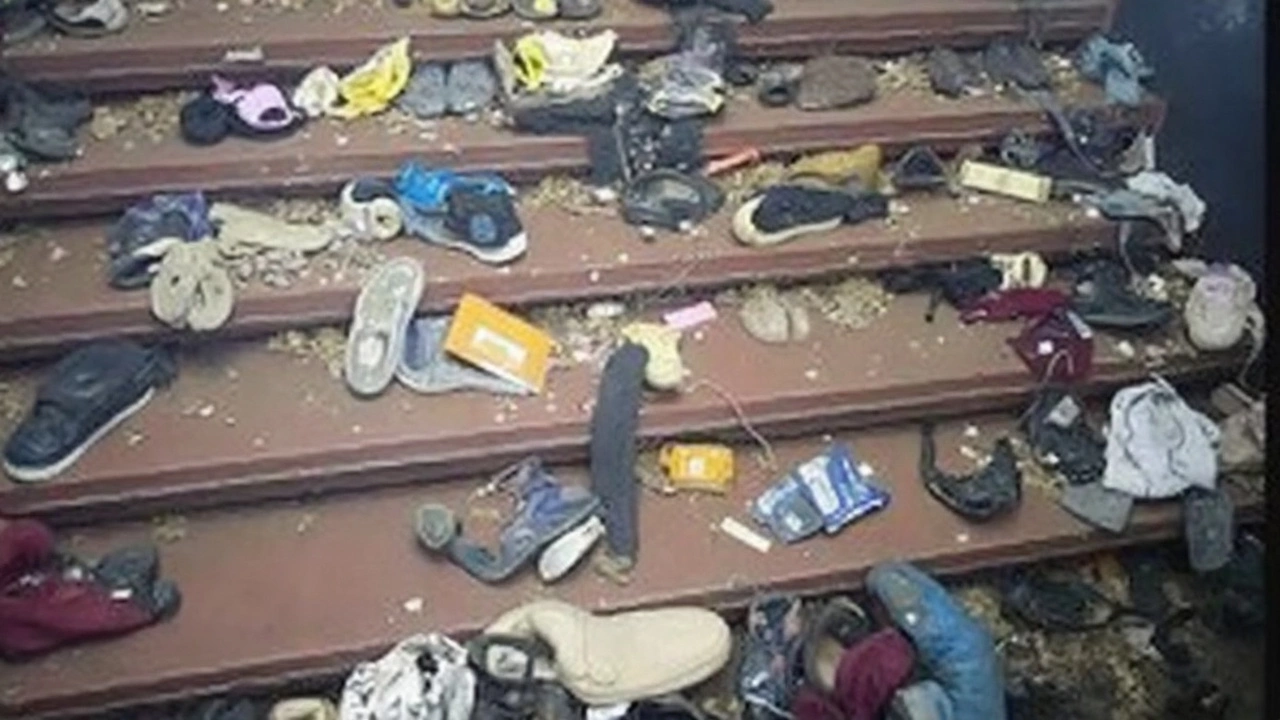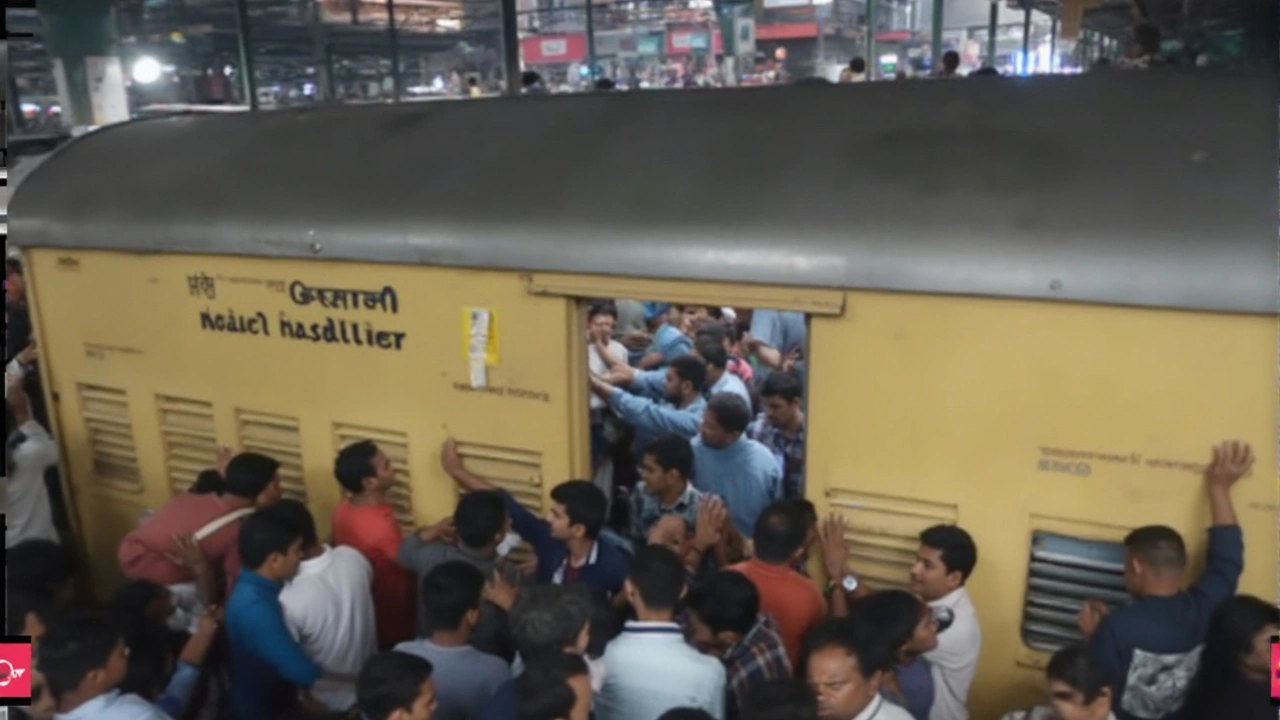Stampede at New Delhi Railway Station Turns Deadly Amid Maha Kumbh Mela Rush

In a tragic turn of events, the New Delhi Railway Station turned into a scene of chaos on the night of February 15, 2025, when a stampede erupted amid a throng of passengers eager to reach the Maha Kumbh Mela in Prayagraj. The catastrophe claimed the lives of 15 individuals and left many more injured, as platforms 14 and 15 became the focal points of the calamity.
The Gripping Scene of Panic
The tumult commenced around 9:55 PM, coinciding with the arrival of surging crowds that had been gathering since early evening. Eyewitnesses provided harrowing accounts of the mayhem: 'People were falling under trains, being trampled, and losing their lives in moments,' one observer recalled. Those present described a scene where confusion reigned supreme, and the sheer number of people made movement almost impossible.
The root of the chaos could be traced back to the unbearable congestion that flooded the station. One passenger, who had secured a berth on the 10:40 PM departure of train number 12583, described an environment where boarding became an unattainable objective due to overwhelming congestion that gripped the platforms from as early as 7:30 PM.

Responses and Repercussions
The role of the railway administration and the police during these critical moments has been a focal point of scrutiny. Initial reports from police forces indicated the disaster stemmed from the delay of two specific trains—the Swatantra Senani Express and the Bhubaneswar Rajdhani Express—leading to overcrowding on the platforms. However, the railway officials initially denied the occurrence of a stampede, suggesting the fatalities resulted from reshuffled schedules and the heavy influx of travelers.
Contradictory reports soon surfaced as other eyewitnesses pointed out the absence of adequate police presence, stating that the lack of control allowed an already substantial crowd to become dangerously volatile. 'There were no police; people were left to fend for themselves as the crowd surged,' said one of the passengers who experienced the terrifying ordeal firsthand.
Adding to the commotion were four fire trucks dispatched to handle the situation, illustrating the effort to bring relief amid the ensuing pandemonium. Despite this response, it has become clear that standard protocols for managing large crowds were insufficient or perhaps nonexistent, allowing the situation to escalate rapidly.
In response to widespread criticism, railway officials later admitted that no trains had been canceled and no platforms altered to justify the crowd's panic, attributing the tragedy to a rapid surge in passengers attempting to board trains. The aftermath of this event has sparked discussions on the necessity for tighter crowd control measures and more transparent communication during similar situations in the future. The events of that fateful evening serve as a chilling reminder of the fragility of safety in crowded public spaces and the importance of proactive disaster management strategies.